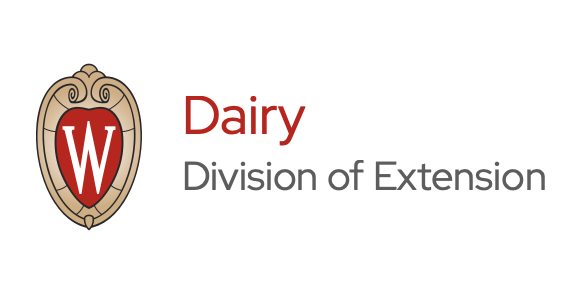
Source: University of Wisconsin
Written by
What is HPAI / Highly Pathogenic Avian Influenza?
Highly Pathogenic Avian Influenza (HPAI) is an emerging issue that poses a significant threat to the health and well-being of dairy herds. HPAI, primarily known for its devastating impact on avian species, has recently been observed and identified in dairy cows. This influenza strain, characterized by its rapid transmission and morbidity among affected animals, requires coordinated action from all stakeholders.
Dairy farmers and the industry should prioritize strategies aimed at prevention, early detection, biosecurity, and effective management to mitigate the spread of this disease and minimize its adverse effects. Below are considerations and resources to help protect animals and humans from HPAI.
Protecting animals from HPAI
While stopping the transmission of HPAI is complex, several ways exist to protect dairy farms from exposure.
- HPAI virus can be transmitted by waterfowl and other birds, infected cattle, and small mammals (skunks, raccoons, cats)
- Minimize access of wild birds to cattle and their environment
- Manage the movement of cattle and their transport as much as possible
- Do not feed unpasteurized colostrum or milk to calves, cattle, or other mammals
- Implement precautions for caretakers and veterinary teams handling sick cows, sick or dead birds, small mammals, and unpasteurized milk
- Separate (quarantine) all new or returning animals for at least 21 days
- Contact your herd veterinarian if increased cow illness is observed in your herd, specifically in 2nd lactation or greater cows that are 150 days or more in milk.
- Animal symptoms may include:
- Drop in feed intake
- Drop in rumination
- Decreased milk yield
- Changes in milk (thicker and yellow to brown)
- Widespread increase in milk conductivity
- Respiratory symptoms
- Fever
Other Resources
- National Milk Producers Federation and American Association of Bovine Practitioners biosecurity recommendations
- Wisconsin Veterinary Diagnostics Laboratory recommendations
- Secure Milk Supply recommendations
- UW-Madison, Division of Extension general biosecurity recommendations
Protecting humans from HPAI
The risk of humans getting HPAI is low, but infections have happened among highly exposed individuals. Humans exposed to infected animals should implement effective surveillance, preventative measures, and prompt treatment.
- Possible signs and symptoms of avian influenza infection in humans are:
- Fever
- Sore throat
- Runny or stuffy nose
- Eye irritation
- Body aches
- Fatigue
- Shortness of breath
- Headaches
- Use Personal Protective Equipment (PPE) when entering new or contaminated facilities
- Clean boots or boot covers
- Clean clothing
- Encourage hand washing
- Self-monitor (check yourself for signs and symptoms of an illness and report your observations to the public health department)
- Perform daily temperature checks for fever
- Be alert for flu-like symptoms
- Provide daily updates about symptoms to the public health department







